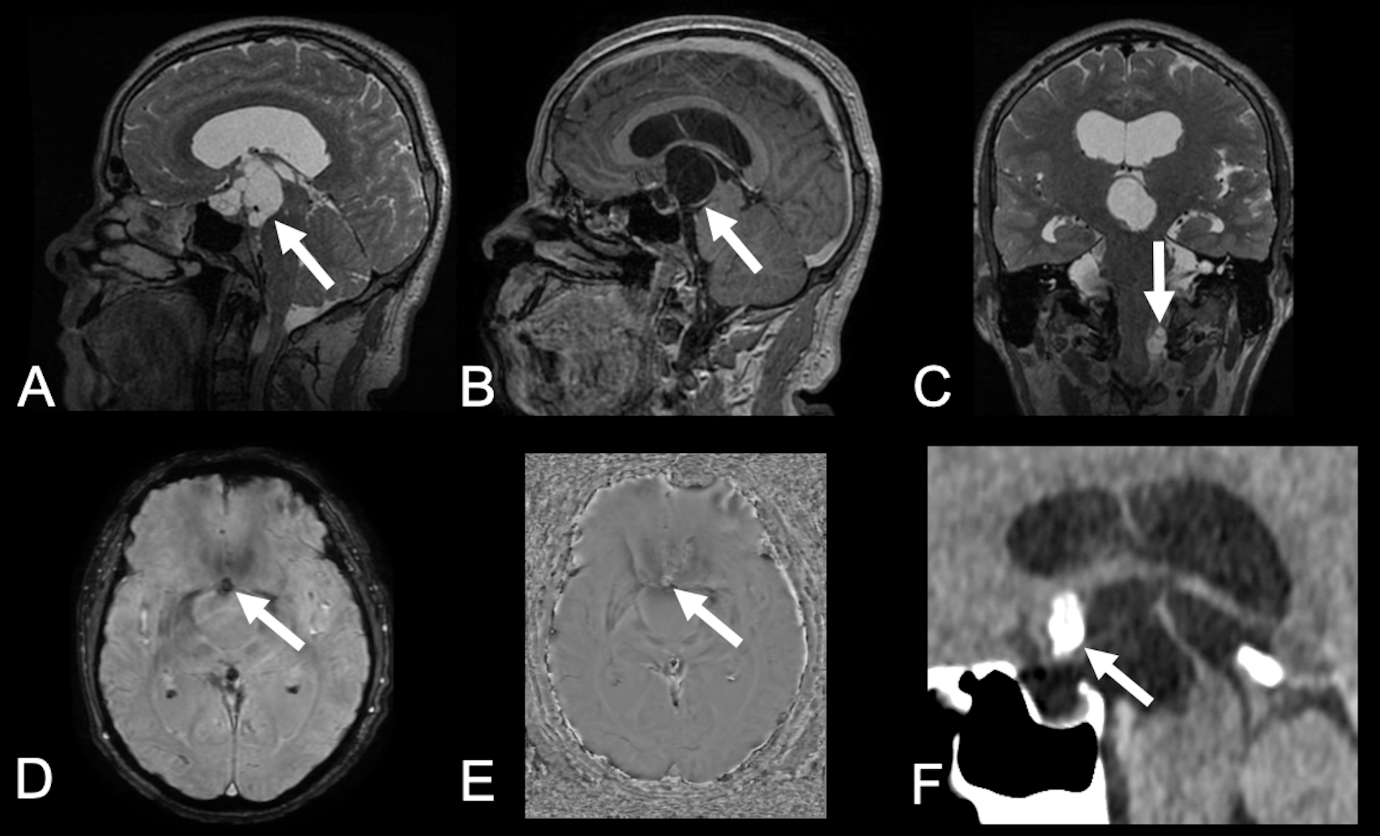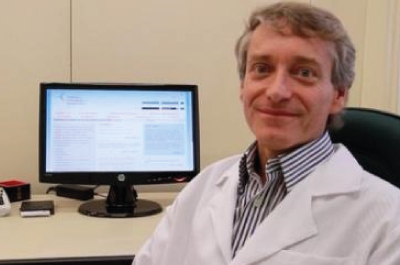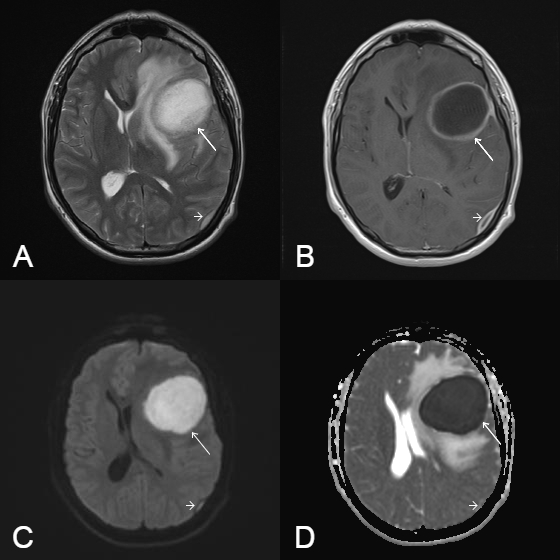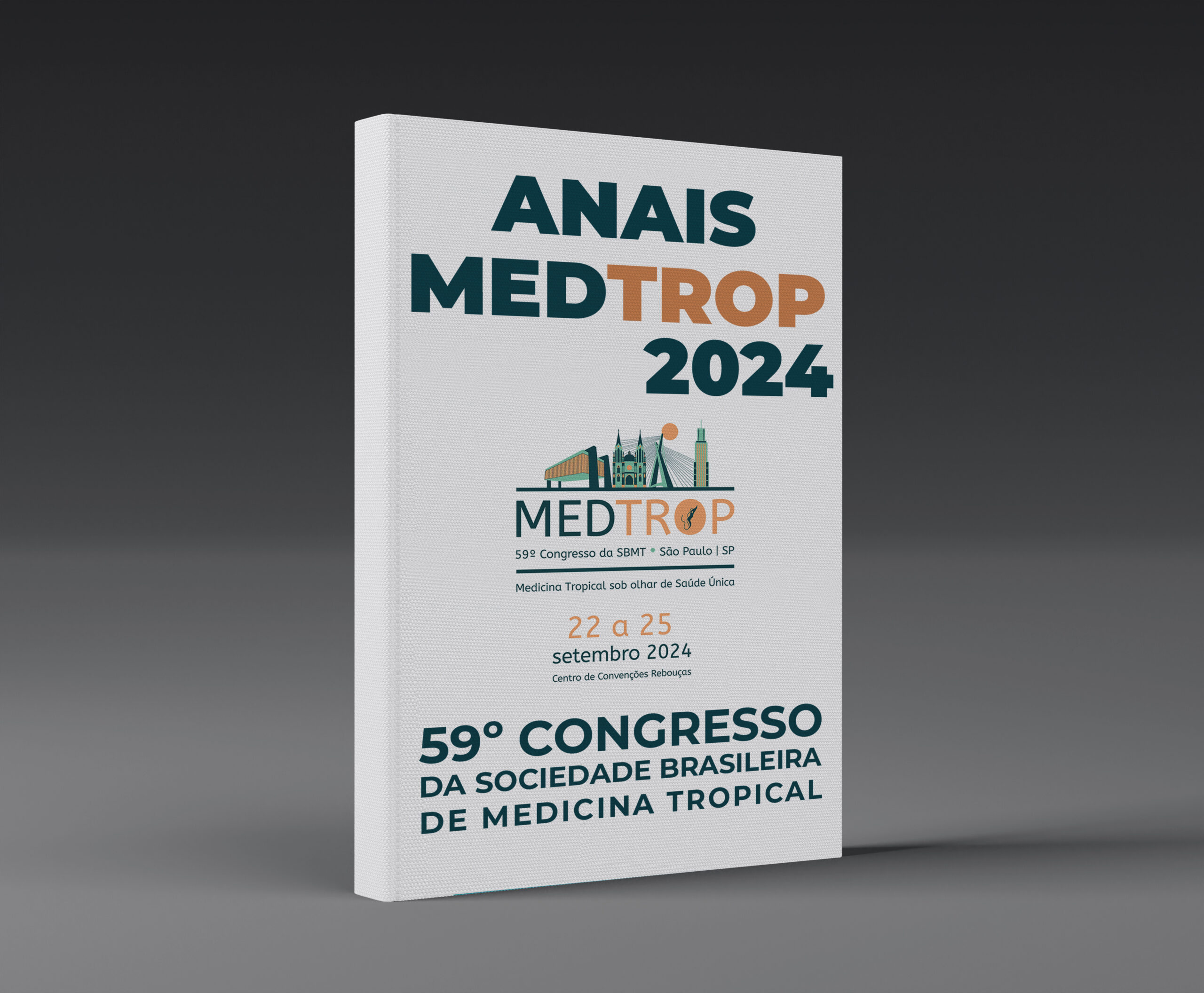
Pesquisas sobre Aids no Brasil não mostram panorama adequadoAIDS researches in Brazil evidence inadequate panorama
Especialista explica que faltam elementos mais precisos como informações sobre infectados pelo vírus HIVExpert explains there is a lack of precious elements such as information about the infected by the HIV
14/07/2014
Pesquisa mostra que o número de casos de Aids está concentrado nas grandes cidades, tendo diminuído no Sudeste e aumentado no Norte e no Nordeste do Brasil
A diminuição da mortalidade por Aids no Brasil em 10 anos, quando passou de 6,3 pessoas por 100 mil habitantes em 2002 para 5,6 em 2011, conforme o Boletim Epidemiológico HIV-Aids, pode mascarar uma realidade que ainda não foi identificada pelas pesquisas. “No País, ainda não há um banco de dados consolidado com informações sobre os infectados pelo vírus da imunodeficiência humana (HIV, em inglês), apenas de notificações da doença”. É o que explica o membro da Comissão Nacional de DST, Aids e Hepatites Virais (Cnaids) pela Sociedade Brasileira de Medicina Tropical (SBMT), onde é vice-presidente, Dr. Aluisio Segurado .
O número de casos de Aids está concentrado nas grandes cidades, tendo diminuído no Sudeste e aumentado no Norte e no Nordeste do Brasil, segundo a pesquisa Geografia social da Aids no Brasil: identificando padrões de desigualdades regionais , publicada em fevereiro deste ano na revista Cadernos de Saúde Pública da Fiocruz. De acordo com o Dr. Segurado, este é um cenário preocupante, mas a situação pode ser diferente ou até mesmo mais grave. “O trabalho é importante porque atualiza o mapeamento da epidemia no País. No entanto, a metodologia do estudo é totalmente baseada em casos da doença. Elementos mais precisos só seriam possíveis a partir de dados de infecções recentes pelo HIV e ainda não temos isso em escala nacional”, explica.
O médico esclarece que o crescimento da rede de atenção à doença em todo o Brasil é um dos aspectos que explica o aumento do registro de casos, especialmente em localidades onde houve melhoras na estrutura dos serviços de saúde. “Em Santarém/PA, por exemplo, o primeiro centro de testagem foi aberto mais de dez anos depois dos primeiros inaugurados na região Sudeste. A epidemia chegou realmente mais tarde no Norte, mas não havia muitas condições de identificar a enfermidade. Hoje, com serviços melhor estruturados, está vindo à tona esta população doente que até então passava despercebida”, ressalta.
Para reduzir o número de casos nas regiões mais críticas, é necessário ampliar a difusão dos testes de HIV e oferecer medicamentos antirretrovirais imediatos aos portadores do vírus, de acordo com o Dr. Segurado. “Antes se esperava certo prejuízo do sistema imunológico para iniciar o tratamento, enquanto agora o paciente inicia o processo imediatamente. Além dos benefícios ao indivíduo infectado, a ação diminui em 96% o risco de transmissão do vírus para outras pessoas. Com isso, começamos a diminuir a circulação do HIV pelo País”. O especialista acrescenta que é preciso haver uma articulação entre as redes de atenção especializada e as básicas para que seja feito o diagnóstico precoce, não apenas nas regiões Norte e Nordeste, mas em todo o Brasil.
Grupos de risco
Além da estruturação dos serviços de saúde, outras ações devem ser feitas simultaneamente, como as direcionadas aos grupos de risco. Recente estudo feito em São Paulo mostra que cerca de 15% dos homens que fazem sexo com homens e frequentam a região central da cidade de São Paulo estão infectados pelo HIV. “Esse percentual é 30 vezes superior ao da prevalência na população brasileira em geral, que é de 0,5%. Ou seja, há uma grande concentração da infecção. É preciso ações rápidas de diagnóstico e tratamento com essas pessoas para reduzir a disseminação do vírus”, observa
Outros nichos apontados pelo especialista e que devem ter atenção especial são os de prostitutas, usuários de drogas (não apenas injetáveis, mas outras como o crack) e jovens. “Este último grupo também deveria ter acesso maior a testagem. Os adolescentes não viveram nos momentos mais críticos da epidemia e percebe-se certo relaxamento na prevenção. Falta mais orientação para esse público”, finaliza.

Research shows the concentration of AIDS cases in the large cities, having decreased in the Brazil’s Southeast and raised in the country’s North and Northeast
The decrease in AIDS mortality in Brazil in 10 years, which dropped from 6.3 people per 100 thousand inhabitants in 2002 to 5.6 in 2011, according to the HIV/AIDS Epidemiological Bulletin can mask a reality not yet identified in the researches. “In Brazil there is still not a consolidated data bank with information about those infected by the human immunodeficiency virus, HIV, only notifications about the disease”. This is the opinion of the member of the National Commission of STDs, AIDS and Viral Hepatitis (Cnaids) of the Brazilian Society of Tropical Medicine, Dr. Aluisio Segurado .
The number of AIDS cases in Brazil is concentrated in the large cities, and has decreased in the Brazil’s Southeast and increased in the North and Northeast, according to the research AIDS Social Geography in Brazil: identifying regional inequality patterns , published this February in the journal Cadernos de Saude Publica da Fiocruz (Fiocruz Public Health Journals). According to Dr. Segurado, this is an alarming scenario, but the situation could be different, or even more worrying. “The study is important because it updates the epidemic mapping in the country. However, the study’s methodology is totally based in cases of the disease. More precise elements would only be possible from recent HIV infection data, which we do not have in a national scale”, explains.
The doctor clears that the growth of the disease’s attention network in the whole country is one of the aspects that explain the increase in the number of cases, especially in those places that had a significant enhancement in the health services structure. “In Santarem/PA, for example, the first testing center was opened over 10 years after those in the Southeast. The epidemic did actually reach the North later, but there were little conditions do identify it. Today, with better structured services, this ill population, before unnoticed, is becoming visible.
To reduce the number of cases in the most critic regions, it is necessary to broaden the diffusion of HIV testing and offer of antiretroviral drugs immediately to people living with the virus, according to Dr. Segurado. “Before we expected a certain prejudice of the immune system to begin the treatment, while now the patient starts immediately. Besides the benefits to the infected individual, the action decreases in 96% the risk of transmitting the virus to other people. With this, we have started to decrease the circulation of the HIV in Brazil”. The specialist adds the need of an articulation among the basic and specialized attention networks so the early diagnostic can be done not only in the North and Northeast, but in the whole country.
Risk groups
Besides structuring the health services, other actions must be carried simultaneously, as those directed to the risk groups. A recent study conducted in Sao Paulo showed that 15% of the men who have sex with other men and attend the central region of Sao Paulo are infected with the HIV. “This index is 30 times superior to the general Brazilian population prevalence, which is 0.5%. This means there is a large concentration of the infection. We must have rapid diagnostic and treatment actions among these people to reduce the virus dissemination”, observes.
Other niches pointed out by the specialist and that must have special attention are the prostitutes and drug users (not only injected drugs, but others, such as crack cocaine) and young people. “This last group should also have greater access to testing. Teenagers did not live along with the most critic moments of the epidemic, and this clearly makes them more relaxed about prevention. There must be more orientation to this public”, finishes.…
**Esta reportagem reflete exclusivamente a opinião do entrevistado.**








